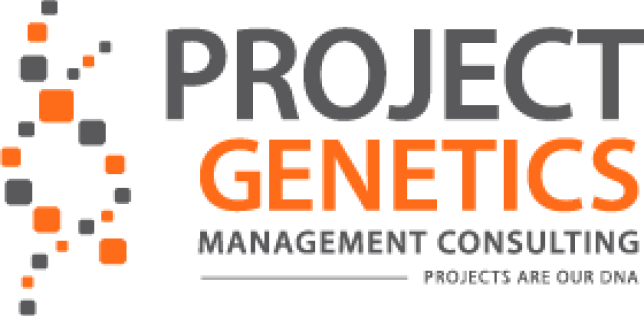On today’s show, we discuss strategies for aligning digital strategies to avoid corporate failure.
Jonathon Hensley is co-founder and CEO of Emerge, a digital product consulting firm that works with companies to improve operational agility and customer experience. For more than two decades, Jonathon has helped startups, Fortune 100 brands, technology leaders, large regional health networks, non-profit organizations and more, transform their businesses by turning strategy, user needs and new technologies into valuable digital products and services. Jonathon writes and speaks about his experiences and insights from his career, and regularly hosts in-depth interviews with business leaders and industry insiders. He lives in the Pacific Northwest with his wife and two boys.
Originally from Silicon Valley, Jonathon got into the digital product space inspired by the incredible people developing new technologies all around him and the possibilities they unlocked. This fueled his curiosity to understand how technology transforms the ways in which people live and work.
Today that curiosity continues to drive him, as he works to help businesses harness technology. His work focuses on alignment, helping leaders define the value they want to create in a succinct and tangible way; where to focus, why, and what it will take to achieve that outcome. His favorite part is going beyond the idea but reimagining how you bring together people, data, and processes so that a client can succeed.
Key Takeaways:
What are the foundational components of a digital strategy?
- What is the vision for the product? What is the long-term destination?
- What is the problem that you are solving with the product?
- How can I create value by solving the problem in a better way in this market?
- What will be the outcome for that success for the customer and the business?
- How will we measure that forward progress?
How can companies actually execute and realize their strategy?
Misalignment is usually the cause of strategy not being executed well. Clearly define the problem and determine the impact and value of solving that problem. Understand who you are solving the problem for and what it will truly require.
How can a company be sure they have evaluated the strategy well before moving forward?
- Is the problem you have defined a root cause or a symptomatic issue of a different problem?
- Who is the audience most impacted?
- Is the problem big enough that they are willing to invest dollars and time to solve it?
- Do you have empathy for your customer enough to really understand the ramifications of their problem and what value you can bring?
How do you reconcile competing needs?
- Make sure the vision for the initiative is clear and shared.
- Understand the organizational culture and interdependencies.
- Engage customers to gain connection and insight.
How do you balance the need to prepare and the need to move quickly?
Speed is something that can be dangerous if the actions are not effective and your organization is not structured to be able to recover quickly from failures and adapt.
What are some of the key elements that drive failure?
- Not knowing your customers. Understand the behaviors and motivations for that customer to adopt and have a need for your product/service.
- Management of expectations. Sometimes there is a lack of understanding which affects the ability of team members to collaborate well.
- Siloed knowledge.
How does a company determine their focus?
A company needs to decide and agree what attributes of the market they can do well and focus on those things. They should choose things that are underrepresented, not try to do everything that the competitors are doing.
What are the key attributes of companies that succeed?
- Developing a clear, well-defined, and long-term product vision.
- Building teams where everyone understands that they have a stake in customer acquisition, participation, retention, and support.
- Equating customer experience to customer life-time value. It’s an umbrella to everything.
- Being clear on value drivers – psychological value and functional value.
- Defining the key attributes to focus on.
- Knowing the customer motivations.
Top 3 Takeaways:
- Develop understanding of strategy vs planning. The skillset is different for strategic work. Strategy is understanding the problem space so we can understand where we can focus and make the biggest impact with our capabilities and resources. Planning is determining how we can effectively manage those resources and bring alignment to our team so we can execute on the strategy.
- Make sure that there is a common language within the organization to build a culture. Set up the team members for success.
- Manage knowledge so that you are able to scale and train each role in their processes and the value they bring.
Connect with Jonathon Hensley:
Company: https://www.emergeinteractive.com/
LinkedIn: https://www.linkedin.com/in/jonathonhensley/
Book: Overcoming internal sabotage and digital product failure

